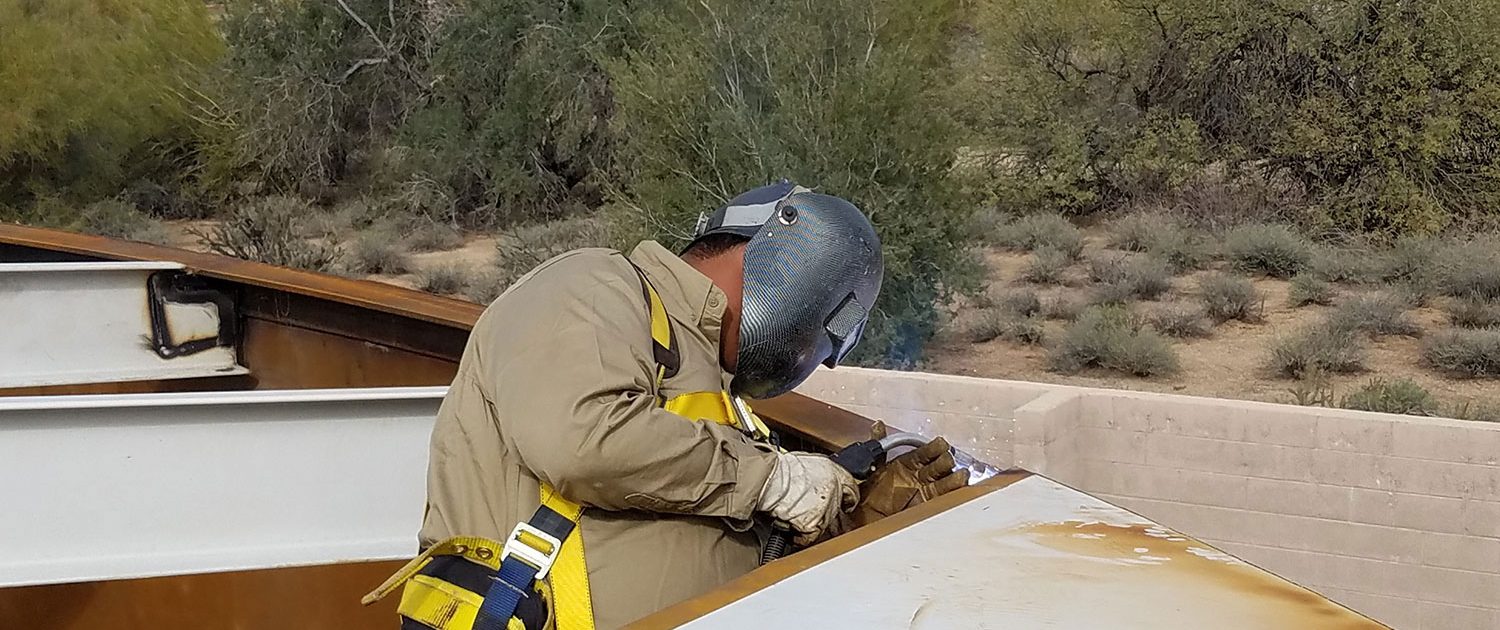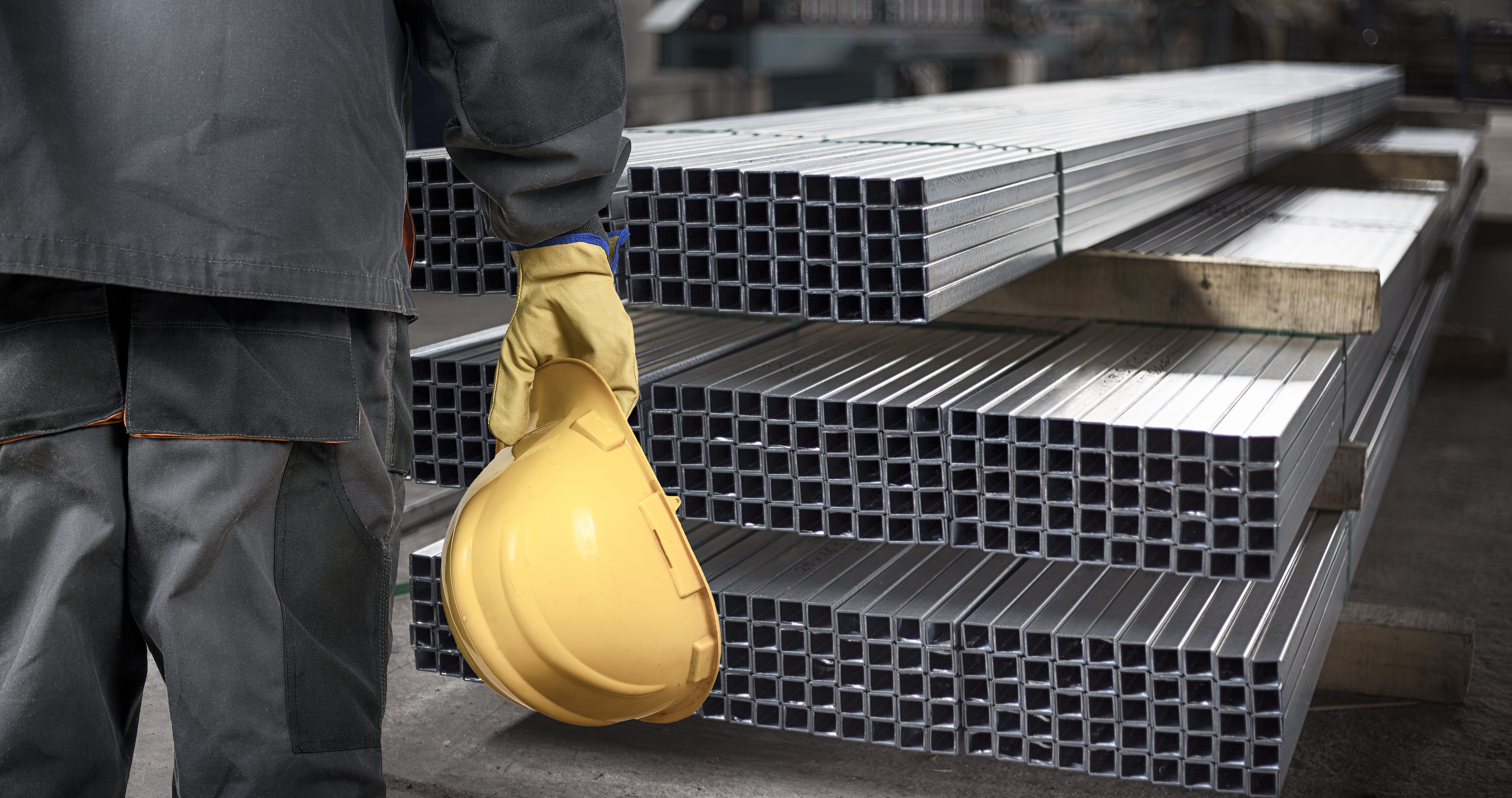Cutting-Edge Metal Fabrication Melbourne: Custom-made Solutions for every single Project
Cutting-Edge Metal Fabrication Melbourne: Custom-made Solutions for every single Project
Blog Article
Innovative Trends in Steel Manufacture: Enhancing Sturdiness and Accuracy
In the realm of steel construction, the pursuit of resilience and precision has actually brought about a wave of ingenious patterns that are reshaping the market. From innovations in welding modern technologies to the integration of robotic automation in fabrication procedures, the landscape of steel production is developing rapidly. High-strength alloy advancement, coupled with the application of 3D modeling and simulation software, is pushing the borders of what is achievable in terms of architectural honesty and precision. Furthermore, the expanding focus on lasting techniques in steel manufacturing is not only driving effectiveness however also promoting a more environmentally aware approach to manufacture. These fads are not simply shaping today however also laying the foundation for the future of steel construction, guaranteeing additional improvements in durability and precision.
Advanced Welding Technologies
In the world of steel fabrication, the fostering of cutting-edge welding technologies has dramatically reinvented the sector's approach to accomplishing remarkable high quality and precision in structural welds. Advanced welding technologies, such as laser light beam welding and friction stir welding, have arised as game-changers in the area. Laser beam of light welding utilizes a focused laser beam of light to sign up with steel components with remarkable accuracy and speed, making it perfect for elaborate designs and thin materials. On the other hand, rubbing mix welding creates unbelievably solid bonds by mechanically intermixing the particles of the products at the joint, getting rid of the demand for melting the steel. These innovations supply numerous benefits, including lowered heat-affected zones, very little distortion, and boosted mechanical properties in the bonded joints. By leveraging these advanced welding methods, steel producers can raise the durability, stamina, and precision of their architectural welds, fulfilling the significantly requiring demands of contemporary construction jobs.
Robot Automation in Construction
Embracing robot automation has actually become a foundation of modern-day steel fabrication techniques, improving procedures and improving effectiveness across the industry. Robotics are changing the method steel parts are produced, using unparalleled precision and rate while lowering human error. These automated systems can deal with recurring jobs with consistent precision, bring about higher high quality output.
One trick advantage of robot automation in steel fabrication is the capability to function all the time without fatigue, substantially enhancing production outcome. This continual procedure lessens downtime and speeds up task timelines, ultimately conserving expenses for producers. Furthermore, robots can be programmed to do complex jobs that may be unsafe or difficult for human workers, boosting safety in the workplace.
Furthermore, robotic automation makes it possible for seamless integration with various other digital innovations, such as computer-aided style (CAD) software program and Internet of Things (IoT) systems (metal fabrication melbourne). This interconnected strategy boosts interaction between various stages of construction, enhancing process and ensuring real-time monitoring and control. As the steel fabrication sector remains to progress, robot automation sticks out as a transformative pressure driving performance and accuracy in manufacturing processes

High-Strength Alloy Growth
The innovation of high-strength alloy advancement in steel manufacture is reshaping the industry's strategy to enhancing product toughness and performance. High-strength alloys are crafted to exhibit superior mechanical residential or commercial properties, such as raised tensile toughness, toughness, and deterioration resistance compared to typical steel qualities. By incorporating these sophisticated alloys into construction processes, manufacturers can create elements that withstand greater stress and anxiety degrees and extreme atmospheres, leading to even more dependable and sturdy final product.
One key benefit of high-strength alloy advancement is the ability to minimize product thickness without compromising resource structural integrity. This a fantastic read not just results in lighter-weight elements however likewise contributes to set you back financial savings and boosted performance in fabrication and setting up processes. Moreover, the improved strength-to-weight proportion of these alloys permits the layout and construction of frameworks with greater load-bearing capabilities while lessening general weight.
3D Modeling and Simulation Software Program
Advancements in steel construction processes have been substantially moved by the combination of sophisticated 3D modeling and simulation software devices. These devices permit makers to produce thorough virtual models of their tasks, enabling them to envision the final item with precision before any physical work begins.

Sustainable Practices in Steel Manufacturing
Including lasting practices into steel production procedures is crucial for reducing environmental influence and guaranteeing long-lasting source availability. One essential sustainable practice is the adoption of energy-efficient technologies to minimize greenhouse gas exhausts during the steel production process. This includes making use of renewable resource resources, such as solar or wind power, to power steel plants and implementing energy-efficient devices to optimize energy usage.
An additional critical element of lasting steel manufacturing is the responsible sourcing of raw materials. This involves making certain that the iron ore and various other resources used in steelmaking are acquired from moral and eco-friendly sources. By advertising openness in the supply chain and sticking to stringent environmental requirements, steel producers can reduce the negative impacts of source removal on neighborhood ecosystems and neighborhoods.

Conclusion
Finally, the innovative trends in steel construction such as innovative welding modern technologies, robotic automation, high-strength alloy advancement, 3D modeling and simulation software application, and lasting practices are boosting the toughness and accuracy of steel items. These innovations are transforming the steel manufacture market by enhancing effectiveness, sustainability, and top quality. It is clear that the future of steel manufacture lies in accepting these cutting-edge innovations to satisfy the demands of contemporary building and production industries.
In the world of steel construction, the search of sturdiness and accuracy has led to a wave of cutting-edge patterns that are reshaping the market.In the realm of steel manufacture, the fostering of cutting-edge welding technologies has considerably reinvented the sector's strategy to achieving superior top quality and precision in structural welds. As the steel fabrication sector continues to progress, robotic automation stands out as a transformative force driving performance and accuracy in manufacturing procedures.
Furthermore, recycling and recycling steel scrap and waste products play a significant duty in enhancing the sustainability of steel production. steel fixing.In conclusion, the innovative trends in steel construction such as innovative welding modern technologies, robot automation, high-strength alloy advancement, 3D modeling and simulation software, and lasting techniques are enhancing the longevity and accuracy of steel items
Report this page